IoT Industry : The Next Big Thing
By MYBRANDBOOK
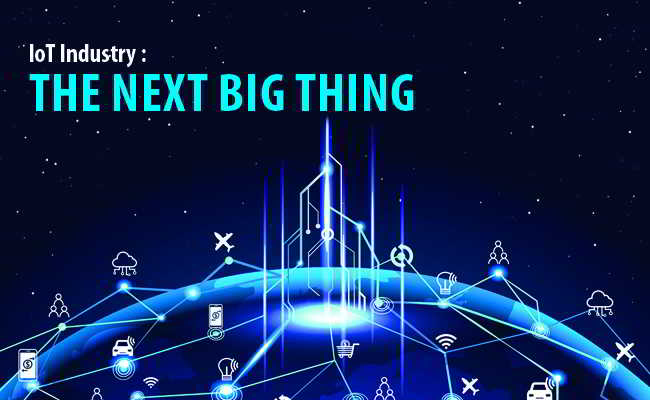
Pegged to be a $9 Bn market by 2020, India’s IoT industry is expected to see early traction in areas like manufacturing, public services, and healthcare
IoT or the Internet of things is a new concept in India and promises to connect everything in the world – living and non-living – to the internet. What it basically intends to serve is objects and appliances at home and offices can be remotely controlled and monitored, industrial machinery and processes can be controlled and executed without much human intervention and public service utilities like healthcare, safety, education and transport can be made more automated and error free.
In a nutshell, the efficient deployment of IoT has its relevance for home, offices, industries, governments and public service utilities. It is believed that if the world was disrupted by IT and communication technologies in the last 30 years, the IoT is going to dominate the rest of the time.
The India Scene
There are around 7.8 billion people on earth at present and out of that close to 4 billion are connected to the Internet. Of this connected population 50% live in Asia and 24% of whom live in India.
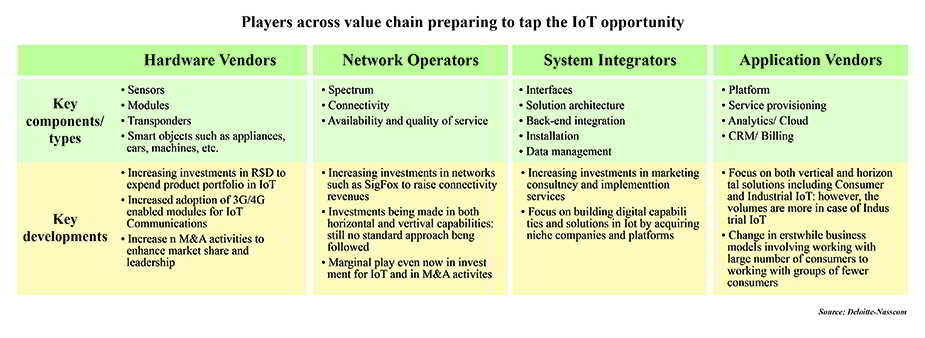
By the end of 2018, India had more than 500 million broadband connections and 40% of the country’s population owns a smartphone. These are the people who are going to be the first ones to witness the magic of IoT.
Market studies indicate the India IoT industry has the potential to reach $9 billion by 2020 and the impact of IoT deployment will be evenly seen across spectrum including public utility, automated homes and offices, industries and connected factories and governments. According to many research reports India is going to be a key market poised to see large scale implementation of IoT applications – both industrial IoT (IIoT) and consumer IoT.
Key Areas
Worldwide as well as in India, it is believed that IoT will find its solace first in industrial adoptions. As per a Nasscom study, the Indian IoT market is set to grow to $9 billion in 2020 with 1.9 billion connections from $1.3 billion with 60 million connections in 2016. Of this, 55% of the revenue or $4.95 billion would come from industrial IoT, the study says.
The key areas in the industrial IoT that are expected to see a greater traction include manufacturing (18%), transport & logistics (13%), automotive (11%) and healthcare (10%). Besides, digital utilities that includes smart cities will also see a significant use-cases for IoT.
The Indian Government has committed to develop 100 smart cities across the country with many have already deployed multi-layer IoT applications like smart parking, smart lighting, smart traffic control and policing. The other areas that are seeing rapid deployments include installations of smart meters across utility companies that provide electricity and water supply in these cities.
Smart homes is one more area where the industry expects early traction in India. Green field real estate companies that are building new homes are the low hanging fruits for this segment of IoT industry. Installation of smart lights, connected electric appliances and security and surveillance of these houses pose a great opportunity for IoT players doing business in these areas.
According to a Statista report the Indian connected home market is pegged at $870 million in 2018 and IDC reported that the smart home devices that include smart TVs, connected thermostats, smart lights etc is seeing over 100% growth quarter over quarter. In Q2, 2018 the number grew by 107% to ship 1.4 million such devices. “And this is the beginning, adds the report.
Public services is another area where we could see deployment of IoT solutions making some real difference in how we enjoy our lives. The ripple effect of an efficient IoT system in public administration translates into a better-connected, more secure and cost-effective standard of living. IoT is the pathway to creating smart grids that lead to better management of natural resources such as water and energy.
According to a survey by Tata Communications, one of the dominant players in IoT services, healthcare is the number one priority for 29.1% of respondents, followed by reduced traffic congestion 28.7% and lower pollution levels and environmental impact 24.2%.
The Government of India’s IoT policy framework spells volumes of using IoT in public services. India’s Department of Electronics and Information Technology (DeiTY) has already published a draft IoT policy document to ensure the country captures a 5-6% share of the potential $15 billion global bonanza by 202020. The paper covers IoT-specific training provisions, as well as research and development initiatives to support new IoT-enabled products and services.
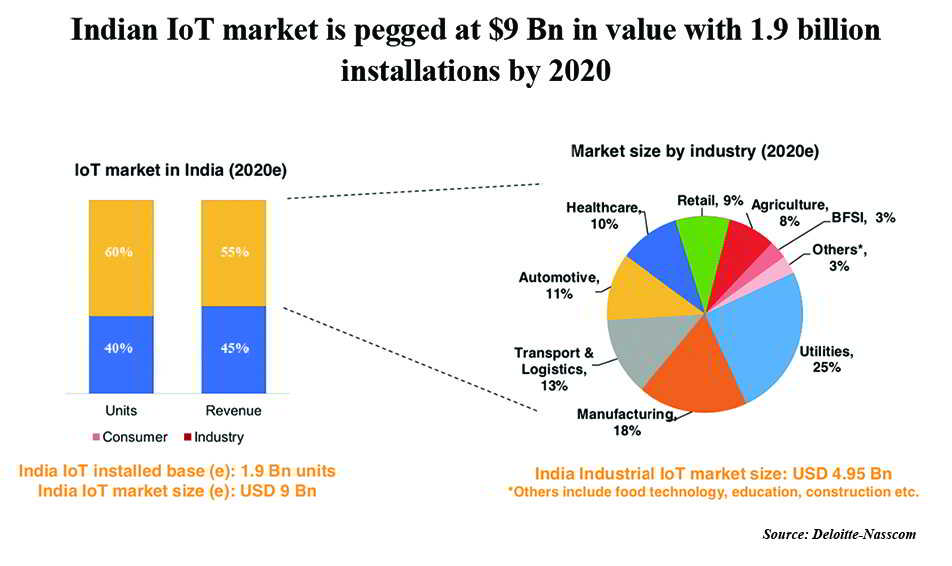
Key Stakeholders
In an IoT ecosystem, there are primarily four key stakeholders – hardware players, network operators, system integrators and application developers.
Hardware vendors consist of players who manufacture and supply sensors, modules, transponders, smart objects like cars, appliances etc. As per the Deloitte report, these players will make up 10% of the total IoT market in India.
Network operators who would deal with required spectrum, network architecture and will integrate multi-vendor products to provide the IoT connectivity. Deloitte says these players will make up around 20% of the said market.
The role of the third pillar – system integrators – would play a key role in IoT deployments across areas – be it home, office or public services. These players would offer an interface, solution architecture and back-end integration of the products and solutions. This segment will pocket 20% of the market.
The largest chunk of the business, around 50%, according to Deloitte, will be taken up by application and solutions vendors. These guys would provide platform, service provisioning, analytics, artificial intelligence and cloud and data centre solutions to the deployers. They will also be responsible for CRM and billing as well.
Challenges
Every new opportunity brings loads of challenges with it, and so does the IoT. Unlike other technologies, what makes IoT more challenge prone is its all-pervasive nature. The technology aims at connecting billions of devices and objects, including human beings, wild animals, plants and not living things.
Connecting all these objects will generate unmeasurable amount of data and it is going to be an herculean task to manage, cultivate and analyse this data. Besides, IoT devices are meant to communicate data to external partners, thus creating a risk of privacy of data.
Connectivity and access to reliable internet is one more area of concern lack of which can hamper the growth of IoT in India. The other factors that pose a big challenge to the early adoption of IoT include lack of awareness, interoperability issues among vendors and protocols, and finding compelling and viable business cases.
"

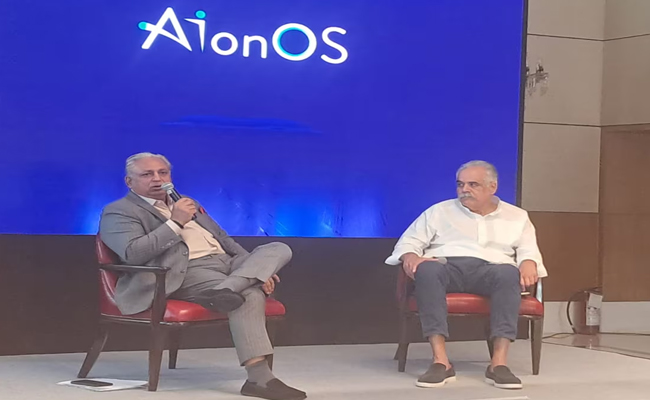
InterGlobe’s Rahul Bhatia and C.P. Gurnani together announce
In a move that is set to transform the AI landscape, Rahul Bhatia, Group M...
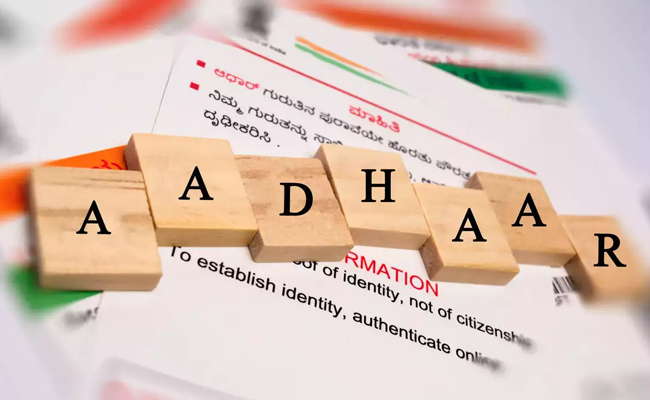
Download masked Aadhaar to improve privacy
Download a masked Aadhaar from UIDAI to improve privacy. Select masking w...
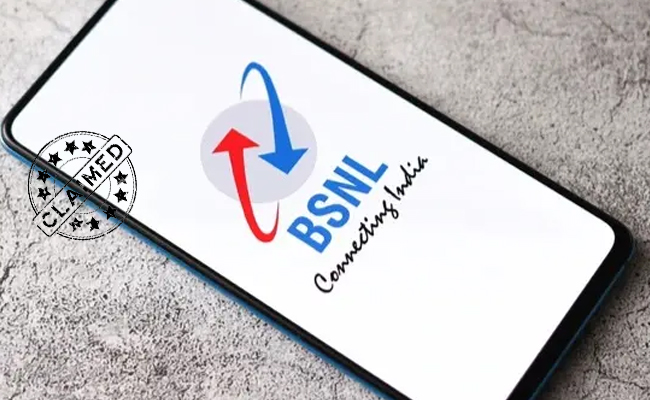
Sterlite Technologies' Rs 145 crore claim against BSNL rejecte
An arbitrator has rejected broadband technology company Sterlite Technolog...
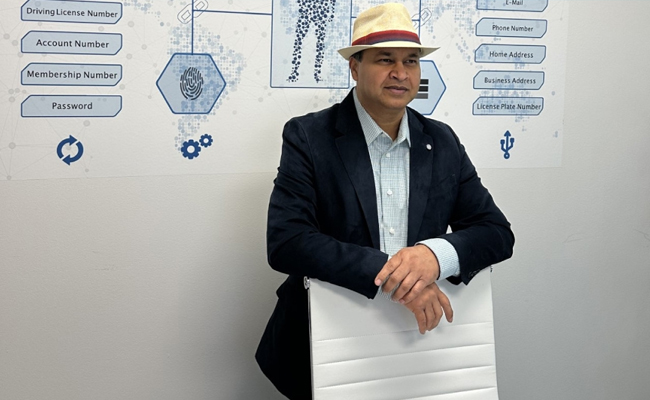
ID-REDACT® ensures full compliance with the DPDP Act for Indi
Data Safeguard India Pvt Ltd, a wholly-owned subsidiary of Data Safeguard ...

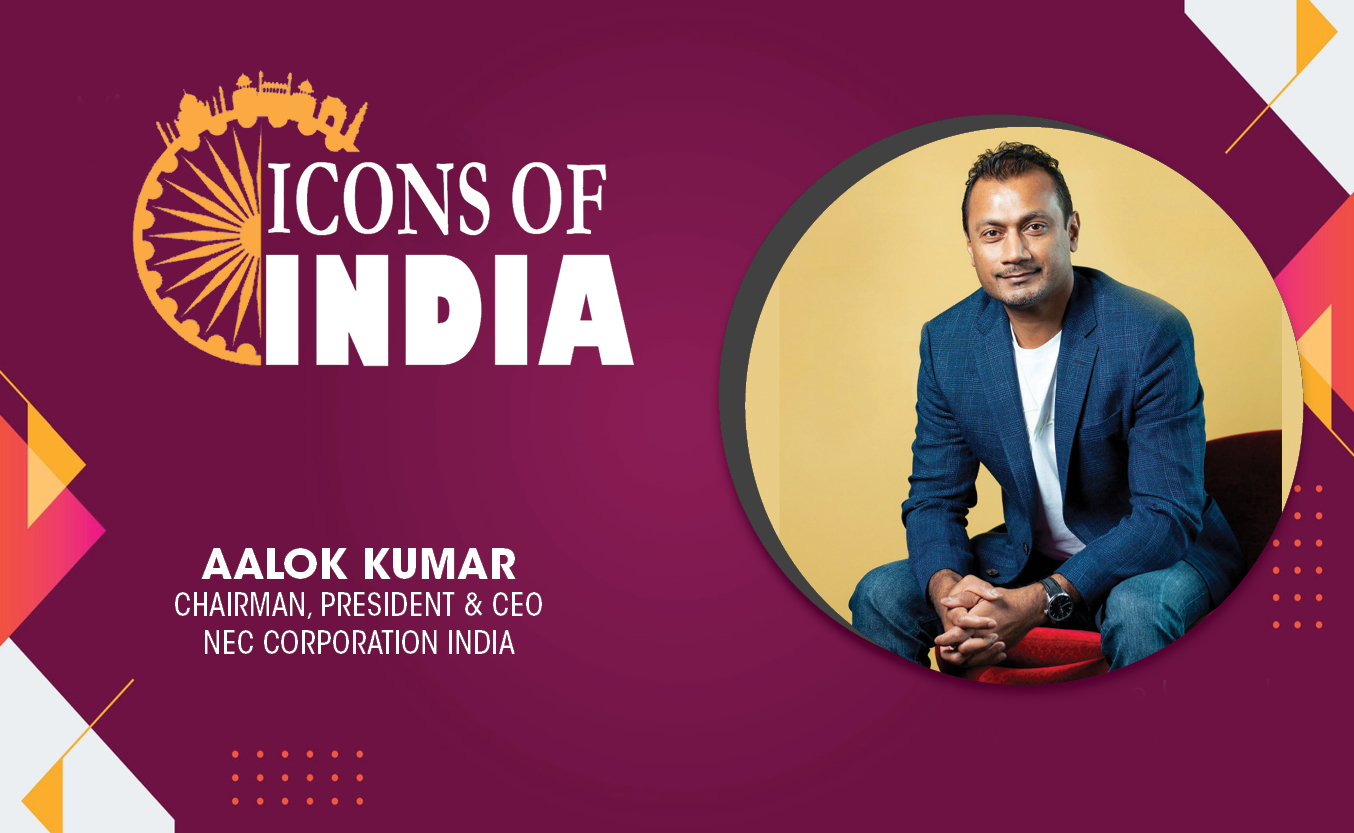
Technology Icons Of India 2023: Aalok Kumar
Aalok continues to lead the India business and further strengthen Indi...
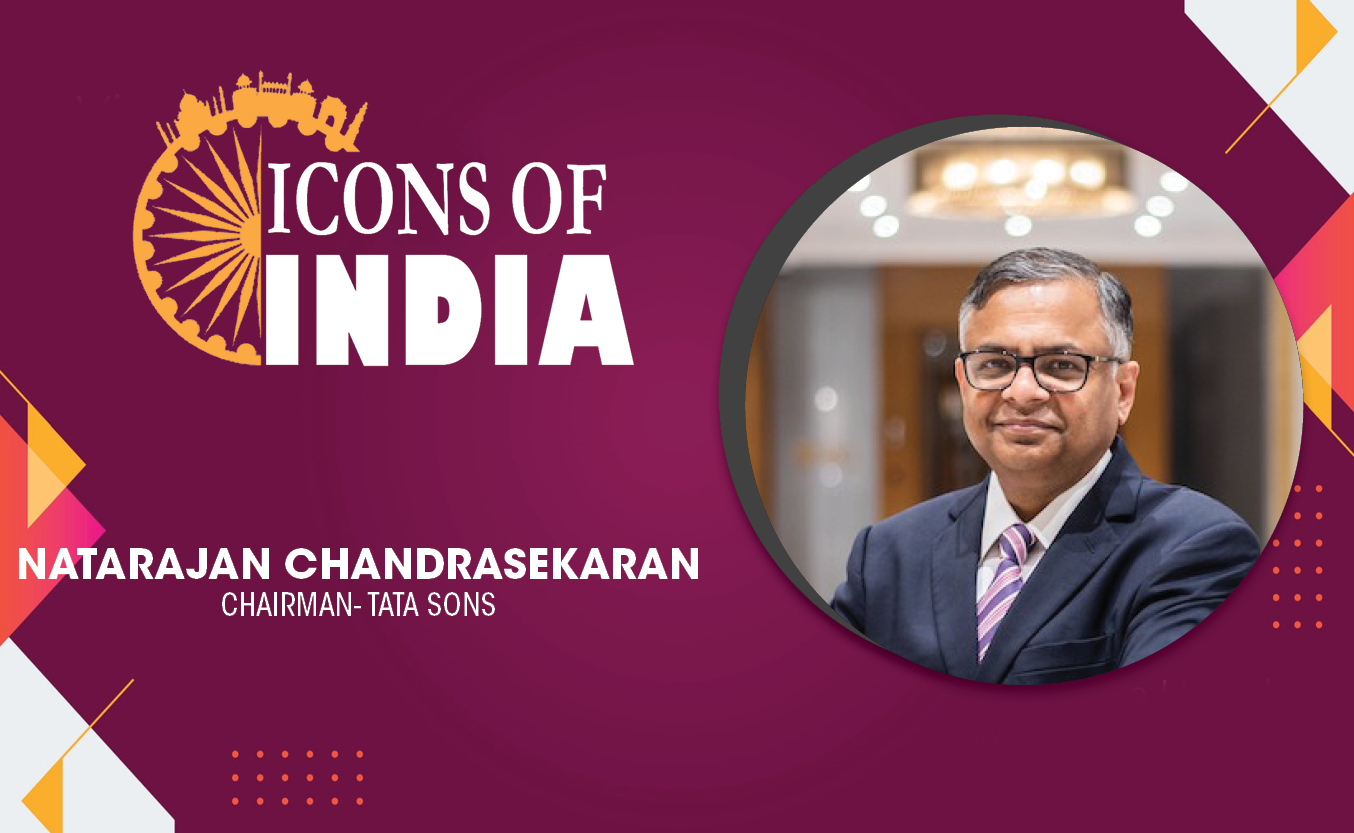
Technology Icons Of India 2023: Natarajan Chandrasekaran
Natarajan Chandrasekaran is the Chairman of the Board of Tata Sons, th...
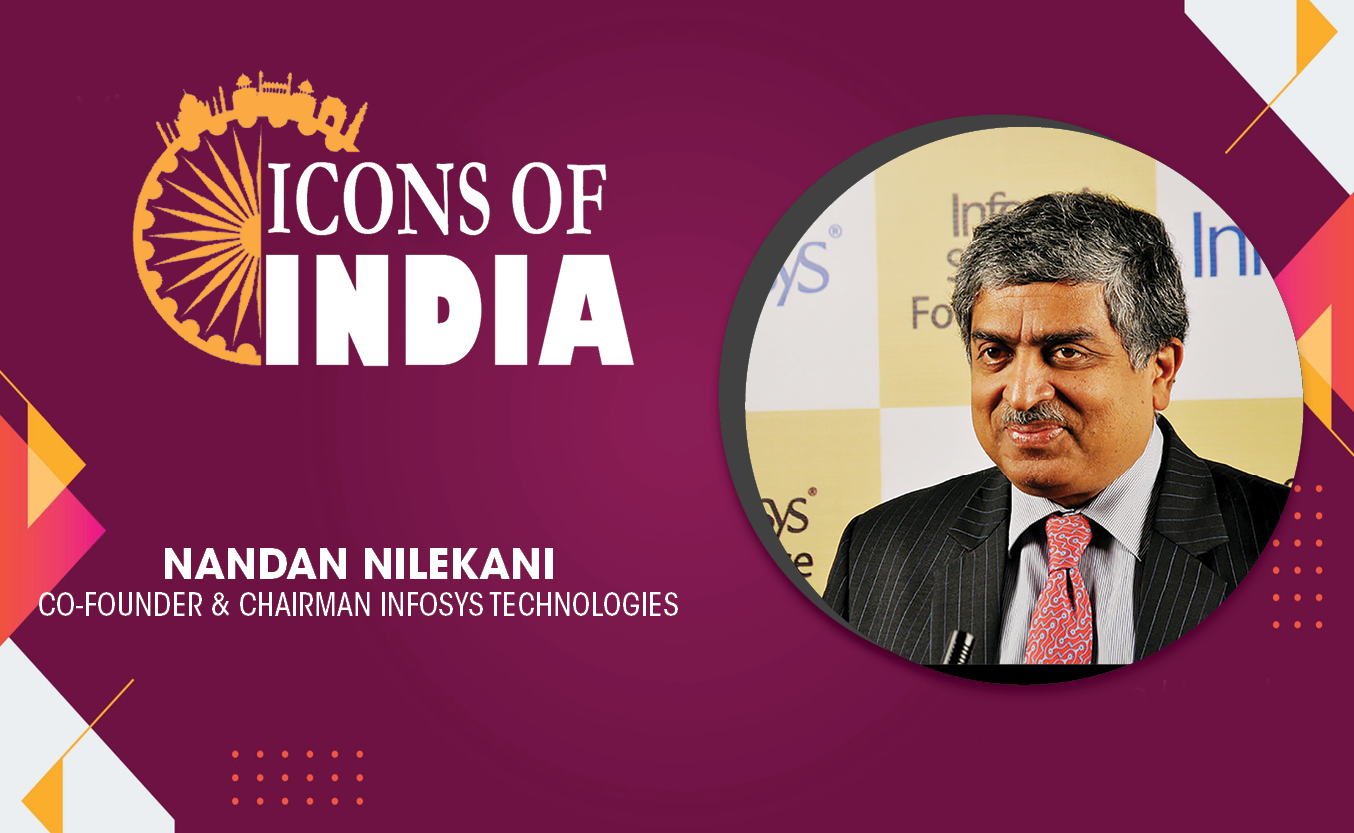
Technology Icons Of India 2023: Nandan Nilekani
Nandan Nilekani is the Co-Founder and Chairman of the Board, Infosys T...

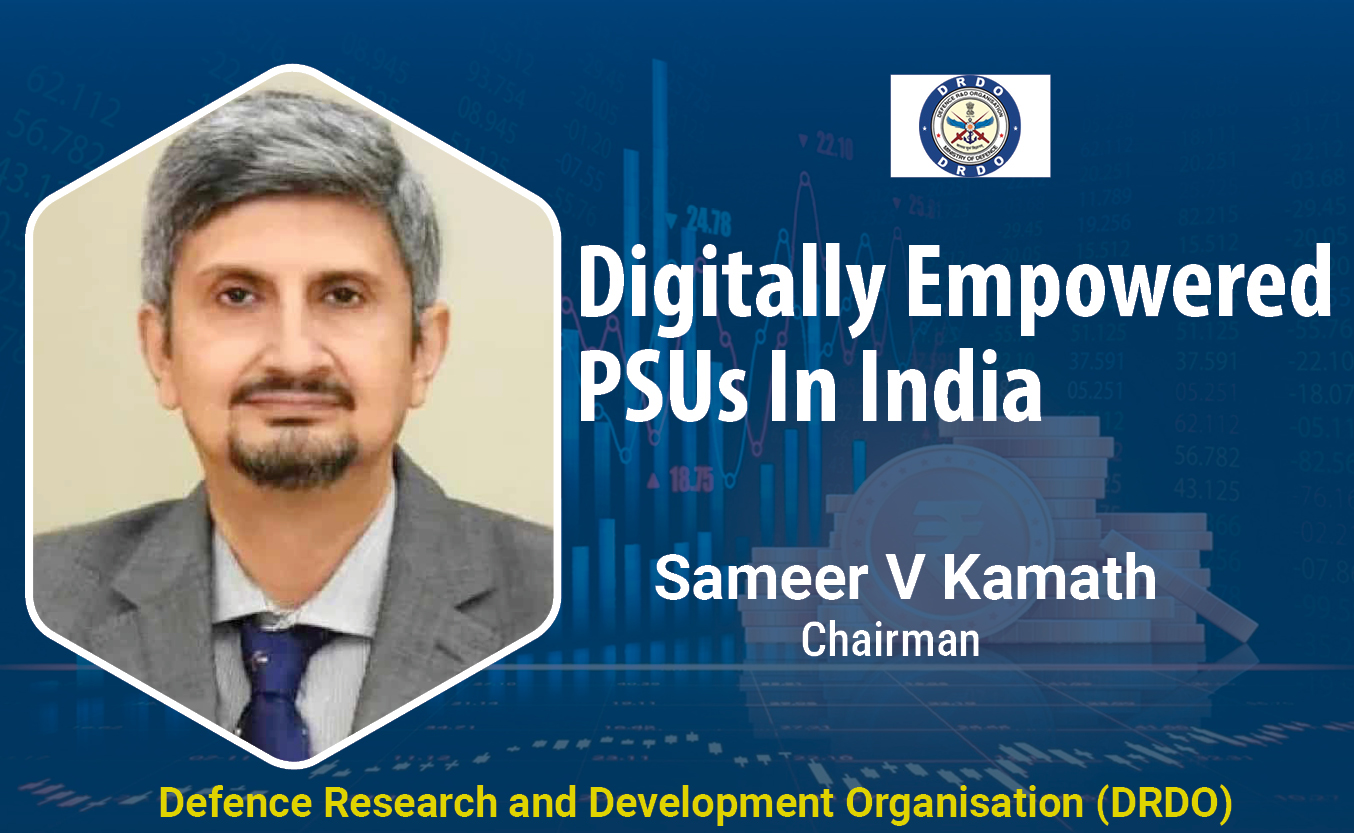
DRDO is India's largest and most diverse research organisation
DRDO is the R&D wing of Ministry of Defence, Govt of India, with a vis...
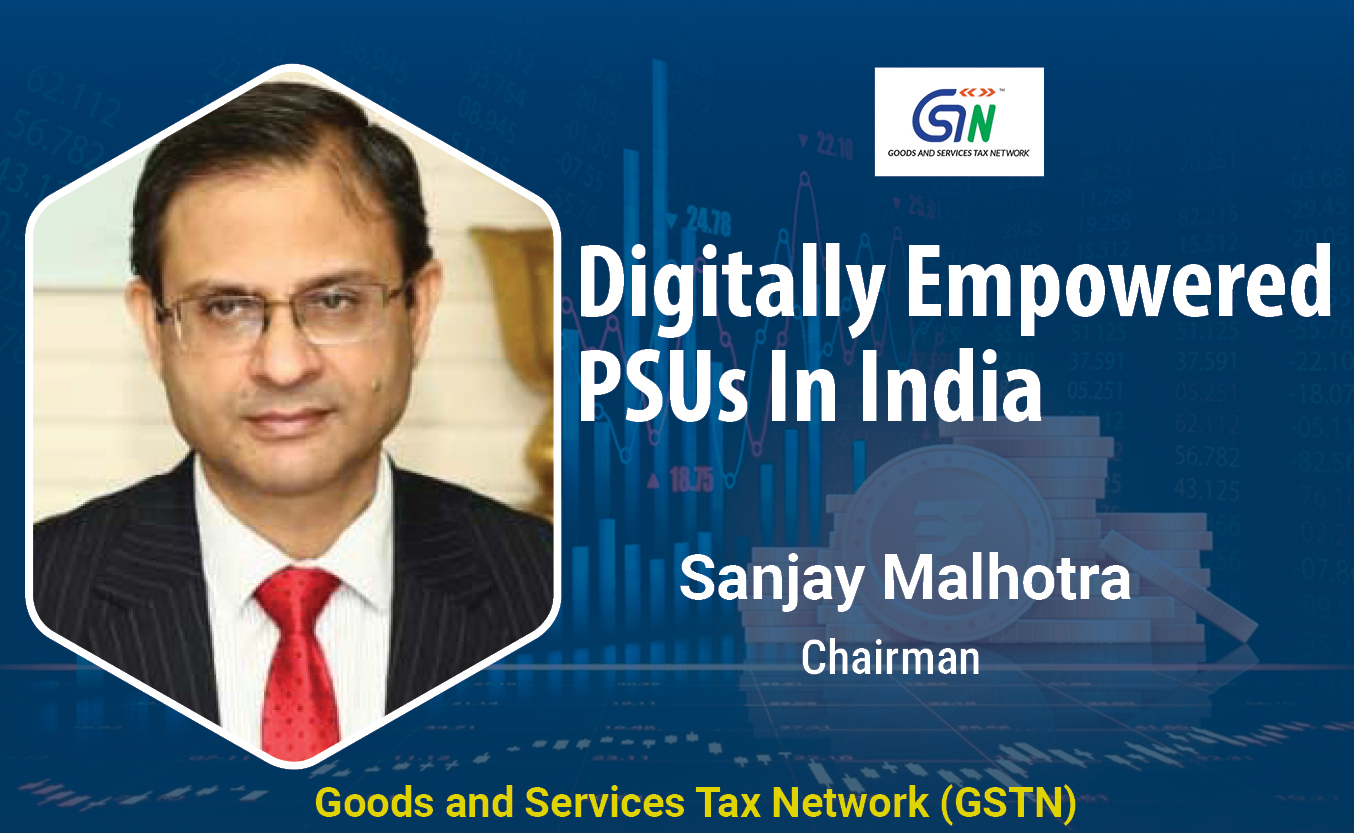
GSTN aims to integrate indirect tax ecosystem on a shared IT infrastructure
Goods and Services Tax Network (GSTN) has built Indirect Taxation plat...
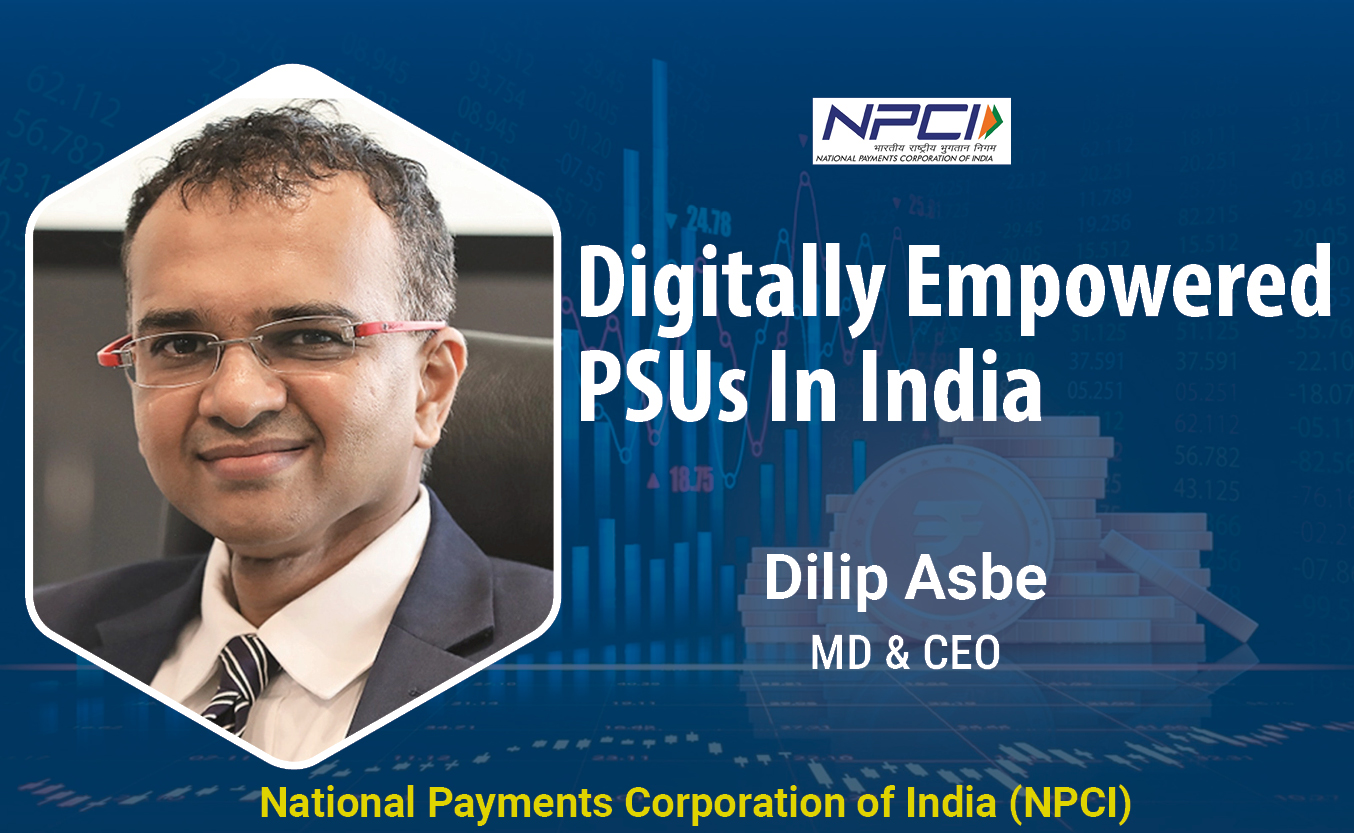
NPCI leading India towards Digital payments
The National Payments Corporation of India (NPCI) is an initiative tak...

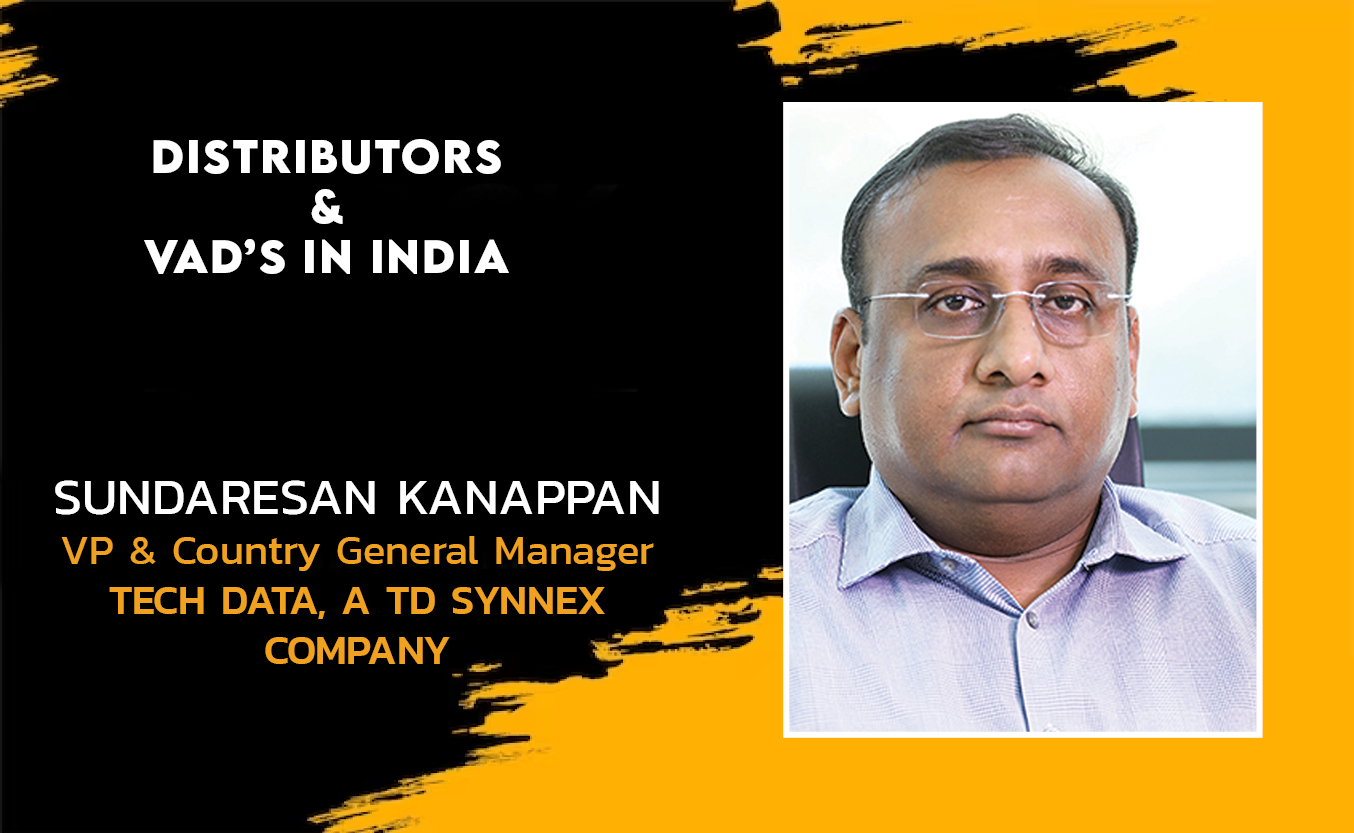
TECH DATA, A TD SYNNEX COMPANY
Tech Data Corporation was an American multinational distribution compa...
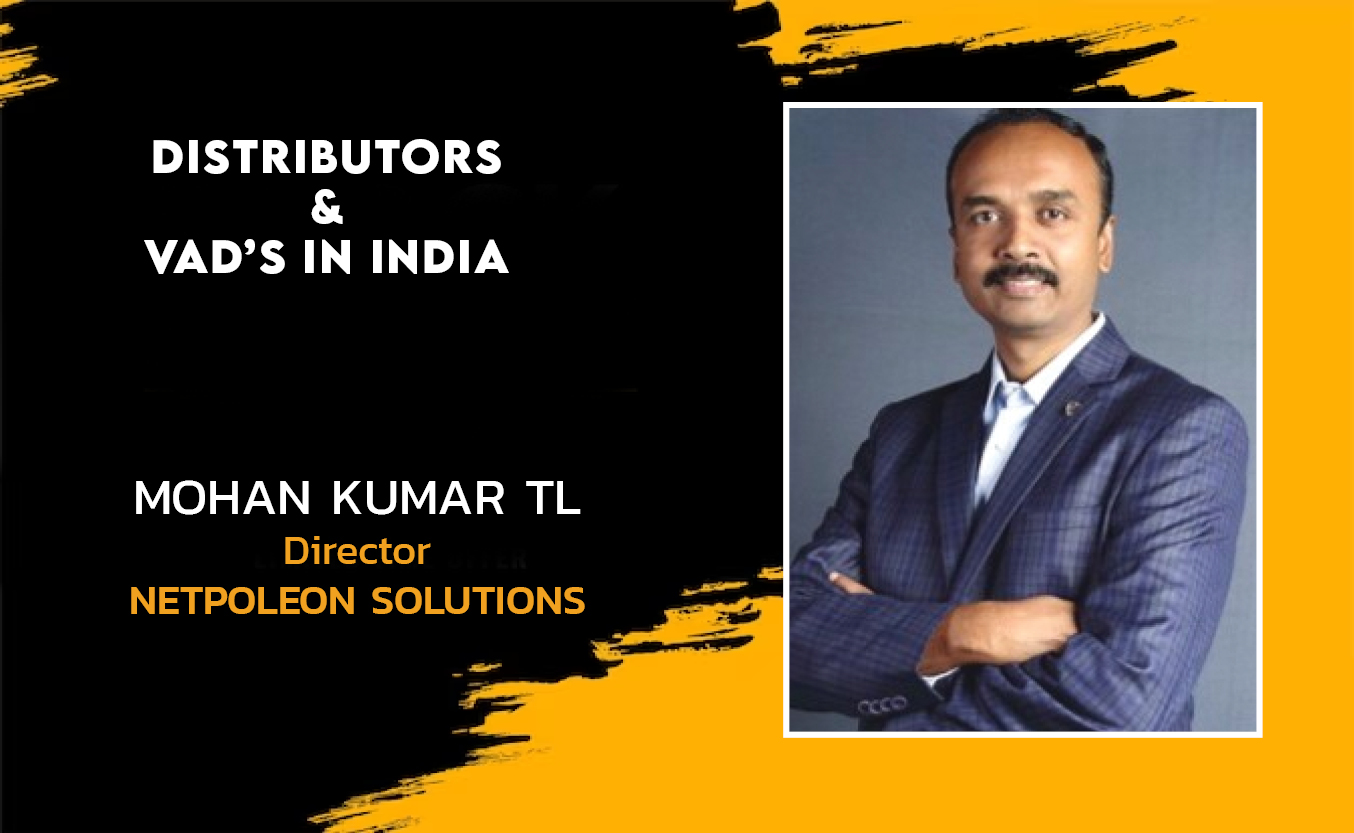
NETPOLEON SOLUTIONS
Netpoleon Group is a Value-Added Distributor (VAD) of Network Security...

EXCLUSIVE NETWORKS SALES INDIA PVT. LTD.
Exclusive Networks is a globally trusted cybersecurity specialist hel...